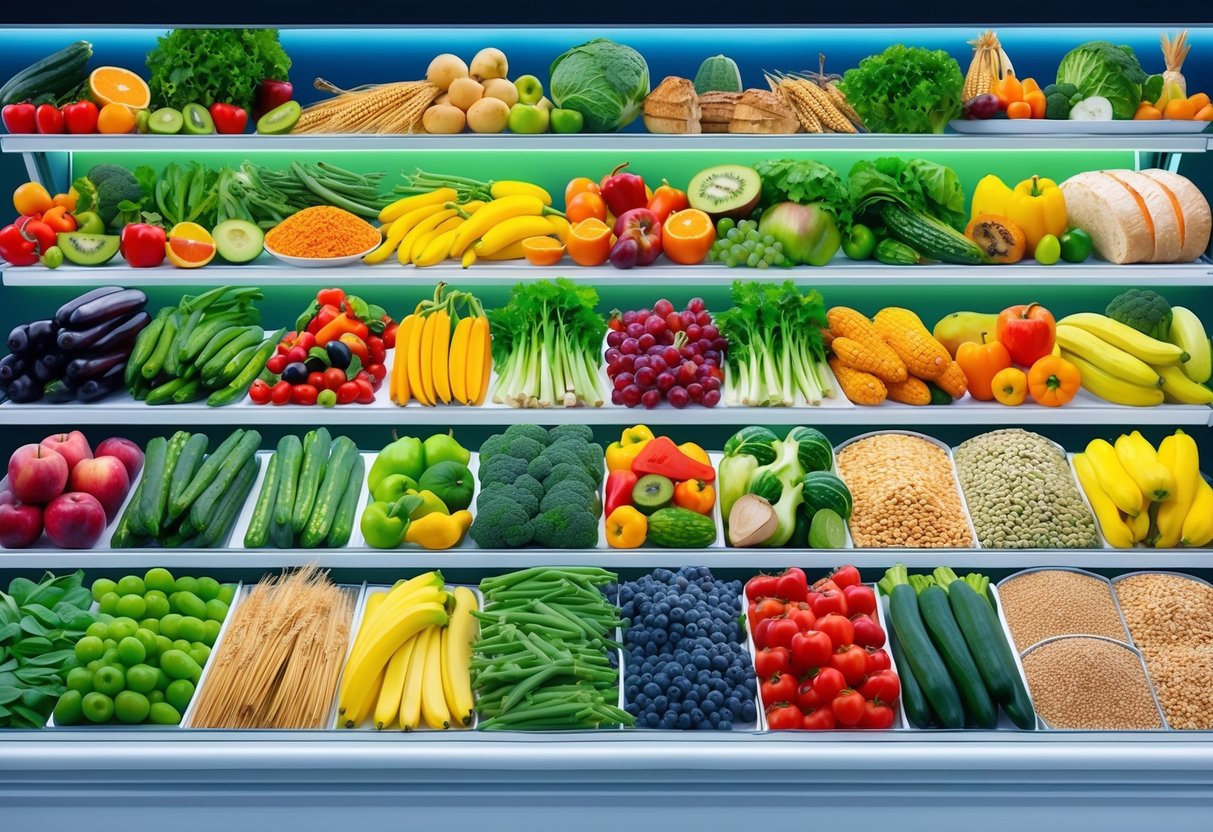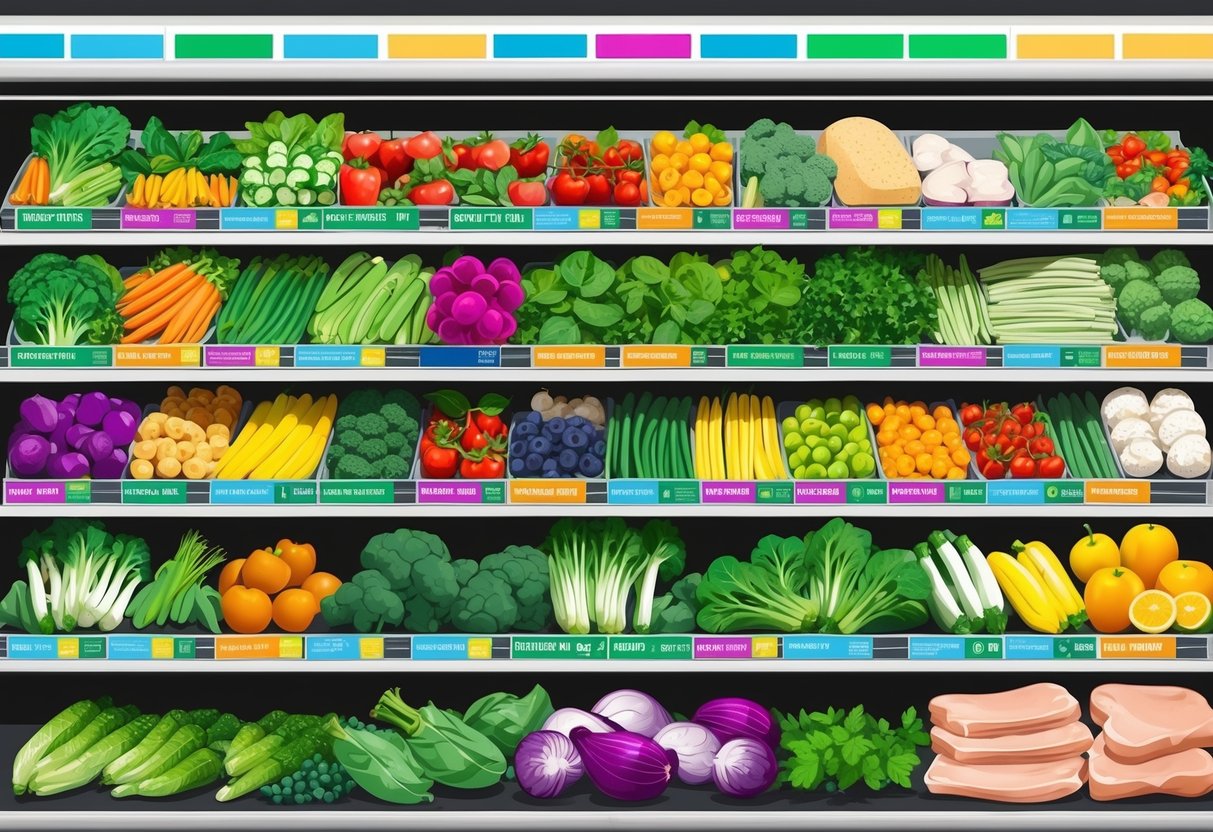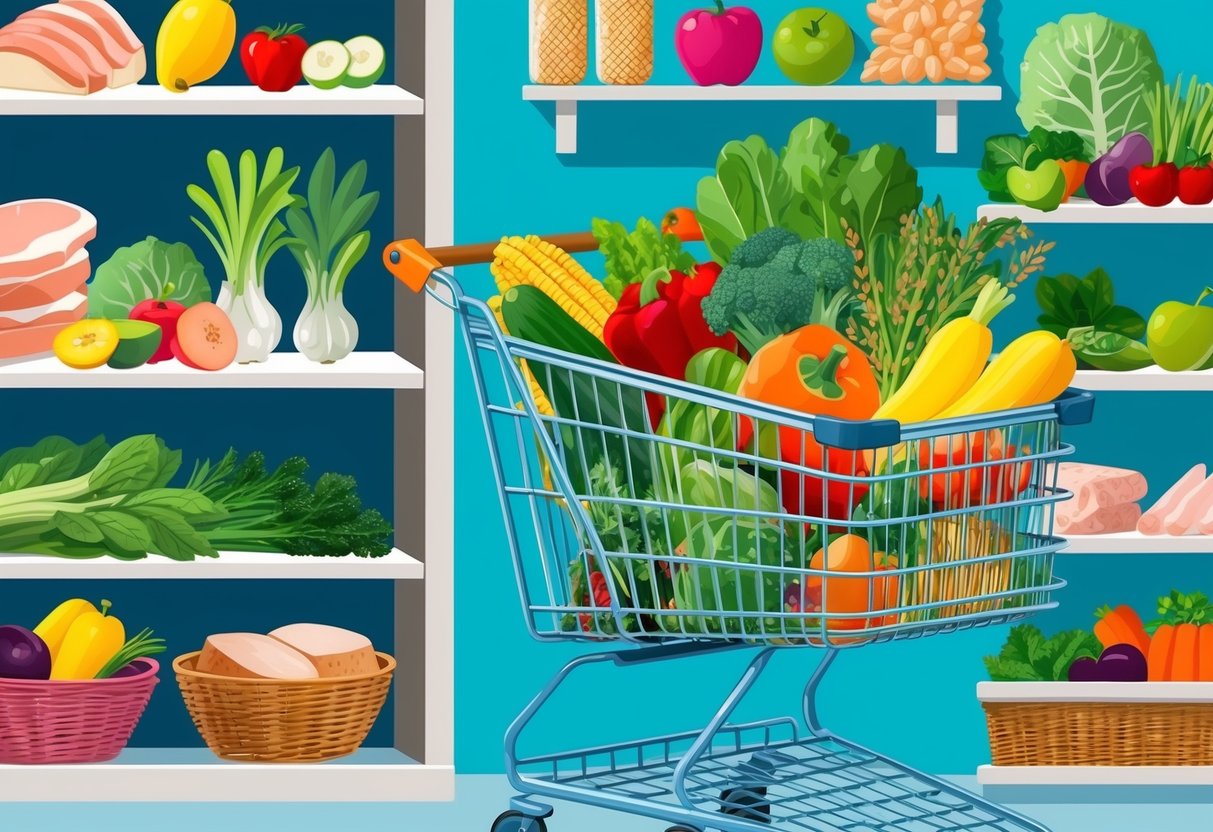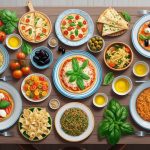
Selecting Smart Condiments and Extras

Smart choices for condiments and meal extras can boost flavor while supporting heart health and nutrition. Flavorful seasonings, sauces, and spreads can transform plain dishes, but not all options are equally healthy.
Healthier Condiment Choices
Choosing healthier condiments helps reduce added sugars, sodium, and unhealthy fats in meals. Opt for mustard, salsa, or tahini over calorie-dense mayonnaise or creamy dressings.
Pesto made with olive oil and nuts can add healthy fats and antioxidants. Greek yogurt is a smart alternative to sour cream for dips or toppings.
Look for products with minimal ingredients and avoid those sweetened with high fructose corn syrup. Consider low-sodium soy sauce for stir-fries or vinegar-based hot sauces to enhance flavor without excess salt.
Nut and seed butters—like almond or peanut butter—are nutrient-rich, but choose versions with no added sugar or hydrogenated oils. Some recommendations on a healthy grocery list include raw or lightly salted nut butters and whole-food spreads.
Understanding Heart-Check Marks
The heart-check mark from the American Heart Association (AHA) is a reliable sign of a healthier choice. Items with this mark meet criteria for saturated fat, sodium, and nutrient content.
It helps shoppers identify foods that align with heart-healthy eating patterns. Products with this symbol have undergone review by AHA nutrition experts.
When buying condiments, sauces, or packaged extras, check for this mark to confirm they fit low-sodium and lower-sugar guidelines. Look for heart-check marks on staple pantry condiments such as nut butters, hot sauces, and select salad dressings to prioritize both flavor and cardiovascular health.
Tips for Weight Management Through Healthy Shopping

Smart grocery shopping is crucial for anyone aiming to support weight loss or maintain a healthy weight. Choosing nutrient-dense foods, planning ahead, and preparing meals at home are practical ways to make healthier decisions.
Grocery Planning for Weight Loss
Effective grocery planning starts with writing a clear list focused on whole foods. Shoppers who prioritize vegetables, fruits, lean proteins, whole grains, and high-fiber foods often have greater success with weight management.
Shopping the perimeter of the store helps avoid processed foods that are high in added sugars or unhealthy fats. Meal planning for the week reduces the temptation to buy impulsive snacks.
Selecting items such as leafy greens, berries, chicken breast, beans, and Greek yogurt helps create balanced, low-calorie meals. Reading labels to compare calories, added sugars, and fiber content also supports informed choices.
Using a healthy grocery shopping guide keeps purchases aligned with nutrition goals.
Preparing Nutritious Meals at Home
Cooking at home makes it easier to control ingredients and portion sizes, vital for anyone managing their weight. Introducing more vegetables, whole grains, and healthy protein sources can make meals more filling with fewer calories.
Simple cooking methods like steaming, roasting, or grilling require less added fat compared to frying. Preparing healthy snacks in advance, such as cut fruits or pre-portioned nuts, can curb unhealthy cravings.
Keeping staple items available, such as brown rice, canned beans, and frozen veggies, supports quick, healthy meal options. Planning meals and snacks in advance also minimizes reliance on takeout, which is often higher in calories and sodium.
Utilizing a food shopping and meal planning guide helps ensure nutritious options are always on hand.
Frequently Asked Questions
Choosing the healthiest foods for a grocery list involves focusing on whole grains, lean proteins, fruits, vegetables, and nutrient-dense options. Affordable strategies, a diverse array of staples, and smart selections ensure wholesome, balanced meals every week.
What are key staples for a weight loss-centric grocery list?
Weight loss-friendly shopping focuses on lean proteins like chicken breast, turkey, and fish, as well as legumes and eggs. Fresh or frozen vegetables, whole grains such as brown rice and quinoa, and low-fat dairy products are important for satiety and balanced nutrition.
Foods low in added sugars and saturated fat, like unsweetened yogurt and berries, are also helpful.
How can I maintain a healthy diet on a limited budget?
Bulk purchasing whole grains, beans, and frozen produce makes healthy eating accessible. Choosing in-season fruits and vegetables often reduces overall costs.
Comparing nutrition labels and selecting items with little or no added sodium, sugars, or saturated fat offers both savings and better nutrition.
What are essential items for a beginner’s healthy eating grocery list?
Beginner shoppers benefit from filling their carts with easy-to-prepare grains like instant brown rice and whole-wheat pasta, assorted fresh vegetables, and lean proteins such as chicken breasts, canned tuna, or beans. A variety of fruits, low-fat dairy or fortified plant milks, and healthy fats such as olive oil round out balanced meals.
Which foods should be included daily for optimal health?
Daily grocery lists should prioritize colorful vegetables, leafy greens, berries, nuts, seeds, and lean protein sources. Including whole grains like oats or quinoa supports fiber intake.
Some dairy or dairy alternatives supply calcium, while healthy fats like those in avocado or olive oil contribute to overall heart health.
What are some nutrient-dense foods to prioritize for well-balanced meals?
Salmon, sardines, and other oily fish provide omega-3 fatty acids and protein. Legumes, spinach, sweet potatoes, and bell peppers deliver key vitamins and minerals.
Almonds, sunflower seeds, and chia seeds add healthy fats and extra fiber. Nutrient-packed fruits such as oranges, kiwis, and berries support immune and digestive systems.
How can I diversify my meal plan while ensuring nutritional adequacy?
Rotating protein options—fish, beans, tofu, chicken, and eggs—prevents meal boredom and secures various amino acids.
Experimenting with different vegetables and whole grains, including barley, farro, and couscous, helps round out vitamin and mineral intake.
Using seasonings and fresh herbs adds flavor without extra calories.
Exploring global cuisines introduces new nutrient-rich ingredients.



